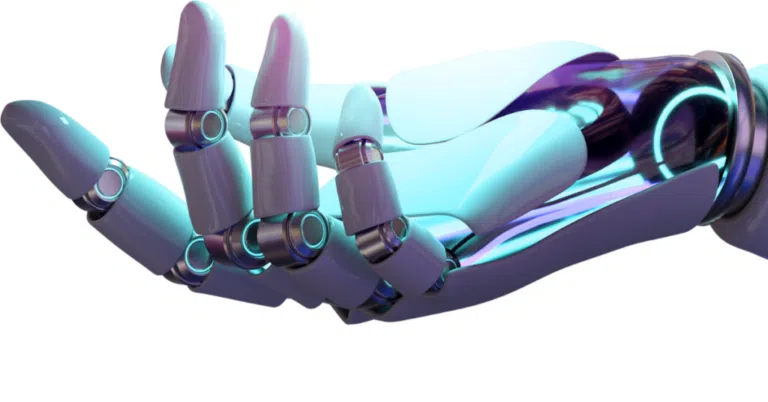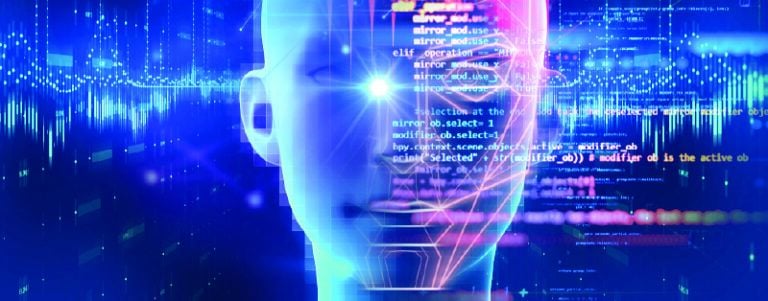9 Ways to Distinguish Between Data Mining and Machine Learning

The overlapping methods and applications involved in data mining and Machine Learning (ML) often make the terms, wrongly, interchangeably used. These are widely different concepts, despite functional similarities such as working with large datasets. While data mining is concerned only with pattern identification, ML further utilizes pattern recognition to develop a system of future prediction without human intervention. This blog discusses in depth the essentials of data mining vs. machine learning features and why these are distinct data science branches.
What is Data Mining?
Data mining refers to the different processes involved in uncovering hidden patterns, anomalies, and trends in large datasets, and yielding favorable decision-making processes.
 Key Features of Data Mining
Key Features of Data Mining
The core concept of data mining can be divided into four stages:
- Data gathering: Identifying relevant data for a specific analytics operation
- Data preparation: Data cleaning procedures and data exploration, among other actions, to make datasets consistent
- Data mining: Application of appropriate data mining techniques
- Data interpretation: Preparation of analytical models to drive a variety of decision-making processes
Benefits of Data Mining
- Helps identify the relevant fields and data sources for business growth
- Much more cost-effective
- Allows businesses to optimize operations and make informed decisions
- Increases organizational efficiency by unearthing trends previously not found
What is Machine Learning?
Machine learning refers to a branch of Artificial Intelligence (AI) that emulates the learning mechanism of human beings through data and analytical algorithms.
Key Features of Machine Learning
The core functional elements of a machine learning model are:
- Supervised learning: A model is trained on datasets whose correct inputs are pre-determined
- Unsupervised learning: The AI agent learns to find the structure of data without any supervision or the presence of labeled datasets
- Reinforcement learning: The AI agent makes decisions based on a stringent feedback mechanism of rewards and punishments. The agent tries to maximize the rewards to reach the best outcome in an environment
Benefits of Machine Learning
- Identifies complex data relationships without human intervention
- Automates fraud detection mechanisms
- Engages in continuous learning and improvement
- Provides deep insights into business processes, accelerating automation of repetitive tasks, and increasing the value of human resources in a company
What is the Difference Between Data Mining and Machine Learning?

In the data mining vs. machine learning discussion, the following are some notable differences:
Responsibility
The prime course of action in data mining is finding out the hidden rules of data governing two or more datasets and predicting an outcome. On the other hand, machine learning algorithms are primarily responsible for teaching an AI agent how to learn, comprehend, and implement the rules of a system and apply them in real-world scenarios.
Use Cases
Data mining vs. machine learning use cases falls into the categories of theoretical and practical applications, respectively. Data mining finds its use in research cases such as understanding and setting realistic business goals, collecting the kind of data relevant to a specific domain, market research, retail, and e-commerce, among others. Machine learning finds its use in developing real-life applications including self-driving cars, speech, image recognition, and medical diagnosis.
Accuracy
The involvement of human resources in the collection of data and finding possible patterns in data mining reduces the overall accuracy of the process. There are many intricate relationships and key associations among datasets that only ML algorithms can uncover by adjusting themselves according to the changing nature of the presented data in real-time.
Use of Data
ML algorithms demand a significantly higher volume of data than the process of data mining. Moreover, they can perform automated data processing only after the entire batch of data is converted to a standard supported format. Meanwhile, data mining can provide results with lesser volumes of data and supports data reading in their native formats as well.
Scope
ML algorithms learn from experience by analyzing extensive volumes of data; they can anticipate future outcomes in innumerable spheres of daily life, such as product recommendations, traffic prediction, self-driving cars, spam reduction, biological data analysis, and others. Data mining limits itself to finding hidden trends and enhances realistic business decisions, but with more human intervention and lesser operational bandwidth.
Techniques Involved
The primary data mining techniques involved are an association, prediction, classification, clustering, regression, and sequential analysis. A combination of these enables data scientists to research the different kinds of associations among datasets in a batch format. ML models, on the other hand, use regression analysis, supervised and unsupervised learning, and reinforcement learning to improve on the existing analysis without human intervention continuously.
Nature
To do a data mining vs. machine learning comparison, we also need to recognize their respective natures. Data Mining is a manual process of using data analysis techniques to find hidden patterns and actionable insights. On the other hand, the entire process of ML is automated, which once implemented, is independent of human intervention.
Abstraction
Data mining performs data abstraction using data warehousing techniques—the process of compiling data into one database. This leads to the rise of Cross-Industry Standard Processes for Data Mining models. ML models perform data abstraction via a dynamic Bayesian network, neural networks, or a decision tree.
Human Factor
Data mining demands human intervention and intelligence at every step of the process, right up to the final analysis. Only the supervised learning module of ML models demands active human intervention and considerable feedback-based training with reinforcement techniques. Based on their history of reactions to previous events, they eventually sharpen their ability to function independently and process actionable outcomes
Which One is Better – Data Mining vs Machine Learning?
In the data mining vs machine learning comparison, ML is one step ahead. This is because ML models often utilize similar data mining techniques within a self-evolving learning environment to produce better predictions. Although ML is more expensive, data mining is primarily concerned with manually revealing associations between datasets.
Frequently Asked Questions
1. What are the Similarities between Data Mining and Machine Learning?
Machine learning is often used to conduct data mining, and interesting data patterns found from data mining techniques are used to teach machines. Moreover, analysis methods often overlap in the two phenomena—for instance, the use of regression analysis and dealing with large datasets.
2. What are the Main Types of Machine Learning?
There are four main types of Machine Learning:
- Supervised learning
- Unsupervised learning
- Semi-supervised learning
- Reinforcement learning
3. Which is Better Data Mining or Machine Learning?
Due to the automation involved, Machine Learning is more accurate than data mining.
As technology progresses, new terminologies will continue to flood the tech vocabulary. Thus, to save ourselves from erroneous usage and stay abreast of developments, constant knowledge upgrading is important. Explore the artificial intelligence and machine learning courses on the Emeritus platform to learn these concepts better.
Write to us at content@emeritus.org







